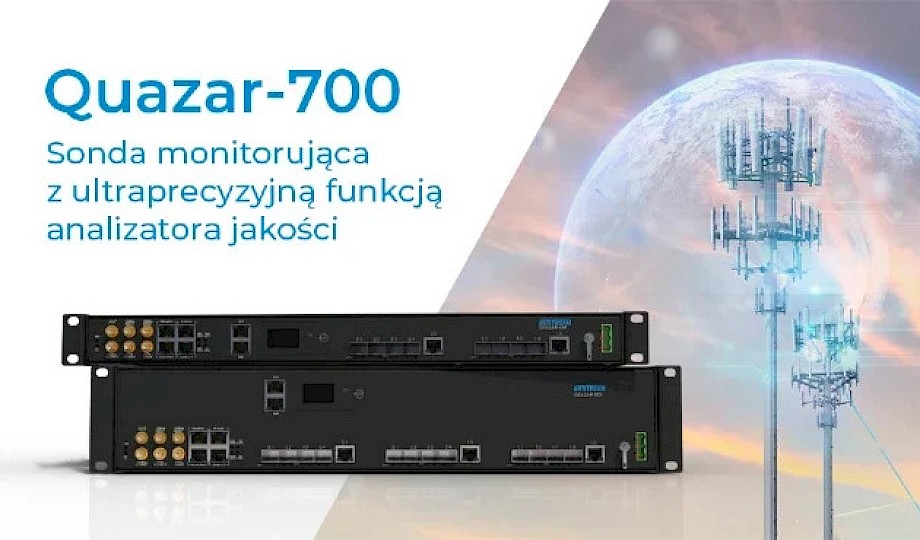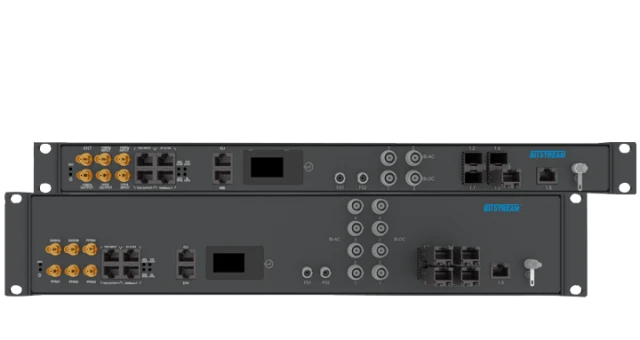The rapidly evolving 5G network presents new challenges associated with the +/- 1.5 μs accuracy regime within the concession, determines the need to monitor time and frequency synchronization inside the telecommunications infrastructure. Reading the ITU-T G Suppl. 68, we see the inevitable need to implement a synchronization monitoring system in 5G networks. To meet the recommendations and expectations of the market, Bitstream presents the Quazar-700 monitoring probe with the QuazarNet system for analyzing data acquired from monitoring probes.








